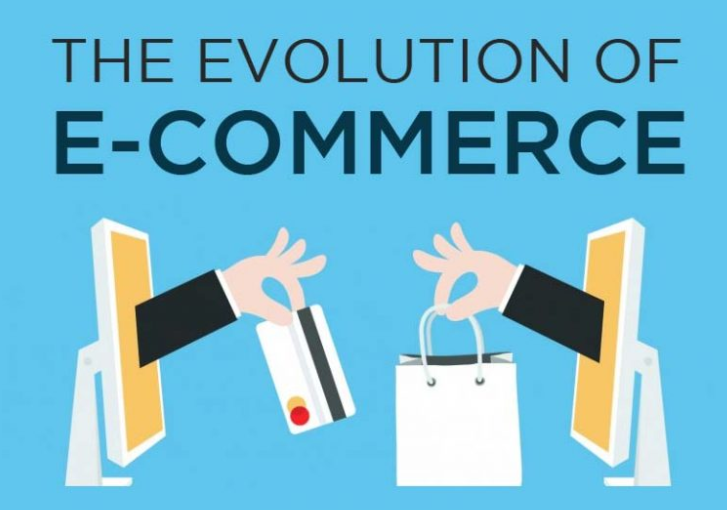
E-commerce has undergone a remarkable transformation over the past two decades. What started as a simple model built around digital storefronts and linear funnels has now matured into a dynamic, data-driven ecosystem powered by personalization. Modern customers expect seamless, relevant, and consistent experiences across channels, pushing businesses to rethink traditional marketing approaches. Let’s explore how e-commerce marketing evolved from funnel-driven strategies to full-stack personalization.
The Funnel Era: A Structured Approach –
In the early stages of e-commerce, marketing strategies were built around the funnel model. This approach assumed customers followed a linear journey: from awareness, to consideration, and finally to conversion. Brands focused on moving people step by step, using tactics like SEO, display ads, and email campaigns.
While effective in a less competitive and less connected digital environment, the funnel treated customers as uniform groups, often overlooking the nuances of individual needs and behaviors.
Why Funnels Became Limiting –
As digital ecosystems expanded, the funnel’s weaknesses became clear. Modern buyers don’t move neatly through stages; they explore, pause, compare, and revisit before making decisions.
Several factors accelerated the decline of funnel-centric marketing:
- Multi-Channel Journeys: Shoppers interact through search engines, social media, apps, and even offline touchpoints.
- Information Overload: Reviews, influencers, and endless product options complicate decision-making.
- Heightened Expectations: Customers now demand speed, relevance, and personalized experiences at every step.
The funnel could no longer capture this complexity, paving the way for personalization.
The Rise of Personalization in E-Commerce –
Personalization marked the next phase of evolution. Instead of applying the same messaging to everyone, businesses started tailoring experiences to individual behaviors and preferences.
Examples include personalized product recommendations, cart abandonment reminders, and emails based on browsing history. This approach significantly boosted engagement and conversion rates, as customers felt understood and valued rather than targeted in broad strokes.
Full-Stack Personalization: The New Standard –
Today, personalization has expanded beyond basic recommendations into full-stack personalization, which integrates customer insights across every layer of the marketing stack. This evolution is powered by AI, machine learning, and advanced customer data platforms (CDPs).
Key features of full-stack personalization include:
- Unified Customer Profiles: Collecting and integrating data across web, app, and offline interactions.
- Omnichannel Consistency: Delivering seamless experiences whether customers are on Instagram, mobile apps, or in-store.
- Predictive Insights: Anticipating needs through AI-driven forecasts rather than reacting to past actions.
- Dynamic Content: Adjusting messaging, offers, and visuals in real time based on audience segments.
This holistic approach ensures every touchpoint is unique, timely, and relevant to the individual customer.
Business Impact of Full-Stack Personalization –
Brands embracing this strategy are seeing measurable benefits:
- Improved Conversions: Personalized recommendations can significantly increase purchase rates.
- Stronger Loyalty: Customers are more likely to return when experiences feel relevant.
- Smarter Marketing Spend: Data-driven targeting reduces wasted ad budgets.
- Deeper Insights: A complete customer view enables continuous optimization.
The outcome is not only higher revenue but also a stronger emotional connection with customers.
Conclusion –
The journey from funnel-driven marketing to full-stack personalization reflects a broader truth: e-commerce is no longer about pushing customers through a process but about building meaningful, individualized experiences. As technology continues to evolve, personalization will define the future of online commerce. Businesses that invest in unified data, AI-driven tools, and customer-centric strategies will lead the way, while those clinging to outdated funnel models risk falling behind.

